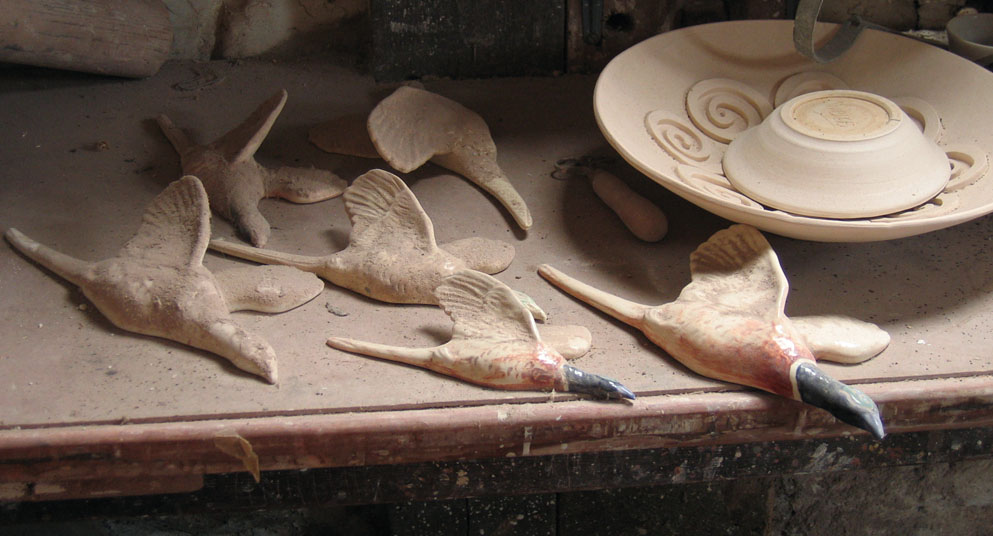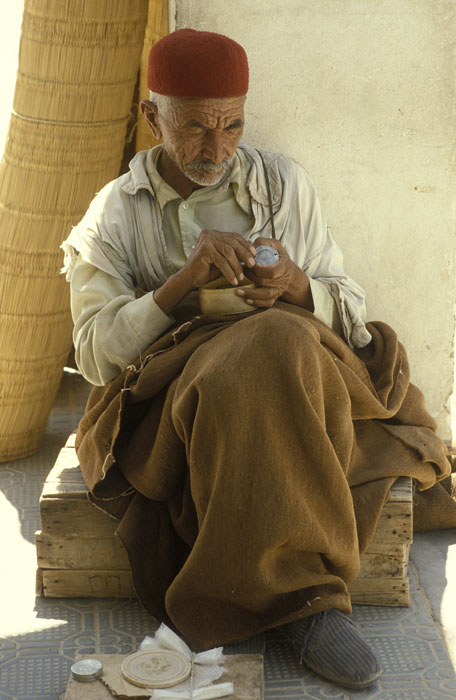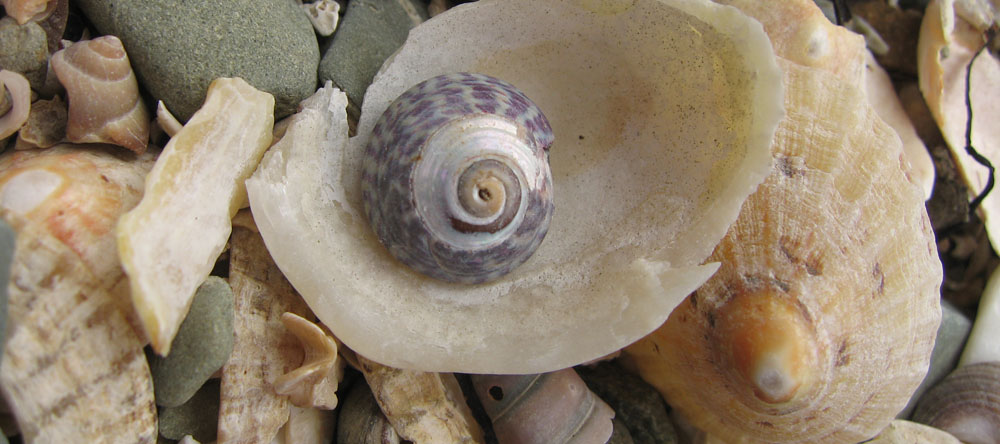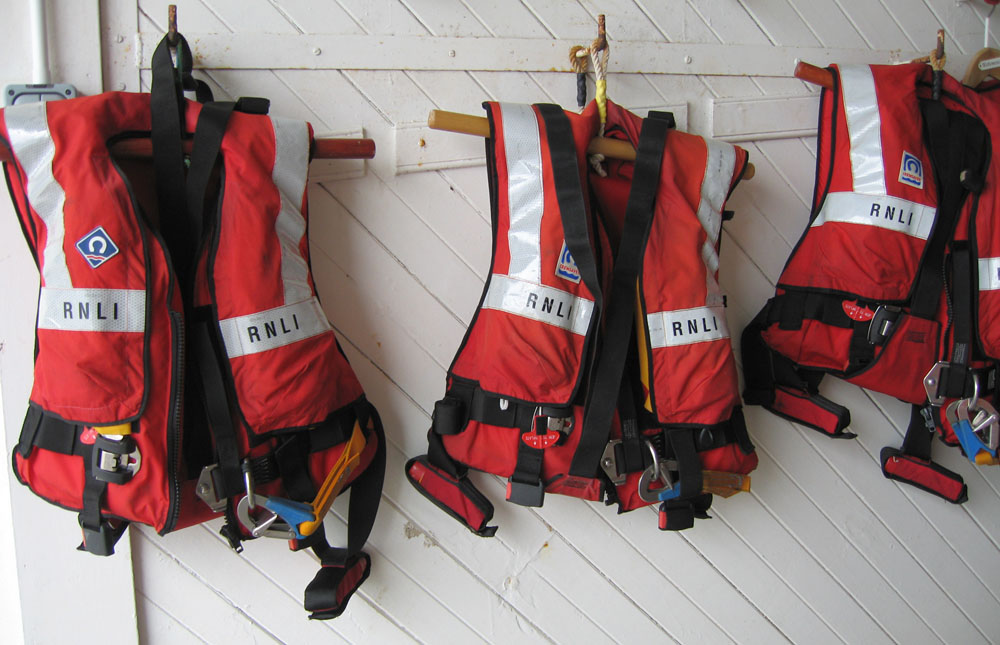THE QUALITY OF LIGHT
What’s all this about the quality of light? Philip Dunn shows you how to recognise good light – and improve it when it’s not so good.
When asked to define the quality of light, there are some photographers who go all precious and claim it’s the sort of thing that only ‘artistic’ people (like themselves presumably) can recognise. Well, as I’m only a simple photographer I’ll try to be a bit more objective.

HARSH OR DIFFUSED LIGHT?
I think of the quality of light in terms of its softness or harshness. Its diffuseness or clarity. High quality light brings a luminescence to the shadows and reduces – but does not lose – contrasts between shadows and highlights. Once you know what to look for, you will be able to recognise high quality light when it’s there. The real bonus is that when you realise what’s going on, you may well be able to alter and enhance the quality of your light by using some very simple tricks.

If you photograph someone standing out in the open, on a sunny, cloudless day you’re going to get hard, sharply-outlined, empty black shadows. I’d call that poor quality light. The sun may be almost a million miles in diameter, but to a photographer it’s just a dot in the sky – a very small light source – and the smaller the light source, the harder and poorer the quality of the light it offers. Poor quality light has another extreme; if you take that same picture outdoors on a gloomy day with thick cloud cover, you are going to get flat, uninteresting image with no contrast and no indication of the direction of the light source.
Between these two extremes lies a whole range of beautiful high quality, directional light that will enhance almost any subject. So what makes the difference?
If the sun is veiled with just a thin haze of wispy cloud, it will diffuse the light and soften the shadows. The light can still be directional, but the outline of the shadows will be less defined – softer. There will be detail in those shadows and I’d call that high quality light… directional yet slightly diffused.
You can learn about the quality of light when you join Philip Dunn on a 121 photography course
HAVE A SUBJECT IN MIND
The sort of conditions that produce high quality light are frequently created in the late afternoon when the sun is low in the sky and shining through a hazy atmosphere that has built up during the day. It is a good idea to have a particular subject in mind for the occasions when these conditions occur because they are very special and will not last very long. If you do have a subject in mind, you will be able to go straight to it, be in position and use every minute of the high quality directional light.
REFLECT THE HARD LIGHT
If you really have to photograph someone in strong sunlight, there is a simple way to convert that hard light into soft, high quality light – and it costs nothing. All you need is a white wall.

Dreadful hard light is NOT suitable for portraiture
PICTURE A – using the hard sunlight with the white wall behind the subject and the sun behind the camera. The result is dreadful, with hard, empty black shadows. Not only that, but it is uncomfortable for your model to stare straight into the sun. This is no way to photograph a lady – or anyone else for that matter. Don’t do it.

Same lady, same light, but photographed using a reflector to soften the light
PICTURE B – by turning my subject right around, putting the wall behind me and photographing into the light the effect on the model’s face is fantastic. Now her face is lit by soft, high quality, reflected light from the wall. Just look how it has lit up her eyes, softened her features and flattened away those ‘laughter lines’.
Yes, there are downsides – flare in the lens can be a problem when photographing into the light. Use a lens hood. Don’t use light green or brightly-coloured walls as reflectors – they will give a nasty colour cast.
THE PAPER TRICK

THE BIGGER THE LIGHT SOURCE – THE SOFTER THE LIGHT

The full version of this article, written and photographed by Philip Dunn, first appeared in Amateur Photographer Magazine


